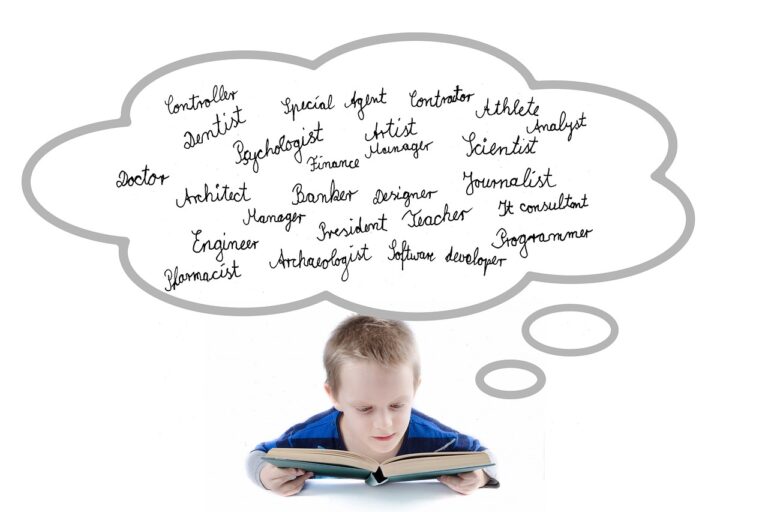Leveraging Restorative Justice Practices for School Discipline Reform
Traditional school discipline methods often rely heavily on punitive measures such as suspension, expulsion, and detention to manage student behavior. These traditional approaches can create a culture of fear and resentment among students, leading to a lack of trust between students and teachers. Additionally, punitive discipline methods often fail to address the underlying issues causing misbehavior, resulting in recurrent disciplinary issues and a cycle of punishment without resolution.
Furthermore, traditional discipline methods can disproportionately impact students from marginalized communities, contributing to the school-to-prison pipeline. Research has shown that students of color and those with disabilities are more likely to face harsh disciplinary actions compared to their peers. This systemic bias in traditional discipline approaches can perpetuate inequalities and hinder the overall academic and social development of students.
Benefits of Implementing Restorative Justice Practices in Schools
Restorative justice practices in schools offer a more holistic approach to handling conflicts and behavioral issues. By focusing on repairing harm and restoring relationships, these practices help cultivate a sense of accountability and empathy among students. This approach fosters a supportive and inclusive school community where individuals feel heard and respected, leading to a more positive school climate overall.
Furthermore, implementing restorative justice practices in schools has been shown to reduce instances of repeated misbehavior and suspension rates. Rather than resorting to punitive measures that often exacerbate underlying issues, restorative justice encourages dialogue and problem-solving skills. By addressing the root causes of conflicts and involving all parties in finding resolutions, this approach equips students with valuable conflict resolution skills that they can carry forward into their adult lives.
Understanding the Principles of Restorative Justice
Restorative justice is a paradigm that prioritizes repairing harm over assigning blame. In the context of schools, it embodies a shift towards fostering a sense of accountability and trust within the community. This approach focuses on addressing the root causes of behavioral issues and conflicts, emphasizing dialogue, empathy, and mutual understanding between all parties involved.
Central to restorative justice is the idea of inclusivity and collaboration. It seeks to involve all stakeholders students, teachers, parents, and administrators in the resolution process. By encouraging open communication and active participation, this method aims to promote a sense of ownership and shared responsibility for maintaining a safe and respectful school environment.
Restorative justice prioritizes repairing harm over assigning blame
Focuses on fostering accountability and trust within the community
Addresses root causes of behavioral issues and conflicts through dialogue and empathy
Involves all stakeholders in the resolution process, including students, teachers, parents, and administrators
Encourages open communication and active participation to promote a sense of ownership
What are some key principles of restorative justice?
Some key principles of restorative justice include focusing on repairing harm caused by wrongdoing, involving all parties affected by an incident in the resolution process, and promoting accountability and empathy.
How does restorative justice differ from traditional disciplinary methods in schools?
Restorative justice focuses on addressing the underlying causes of behavior, promoting understanding and empathy, and involving all parties in finding a resolution, whereas traditional disciplinary methods often rely on punishment and exclusion.
What are some benefits of implementing restorative justice practices in schools?
Some benefits of implementing restorative justice practices in schools include reducing suspension and expulsion rates, promoting a positive school climate, fostering a sense of accountability and responsibility among students, and improving relationships between students and staff.
How can schools effectively implement restorative justice practices?
Schools can effectively implement restorative justice practices by providing training for staff and students, creating a supportive and inclusive school culture, implementing restorative processes for addressing conflicts and misconduct, and regularly evaluating and adjusting the restorative justice programs.







